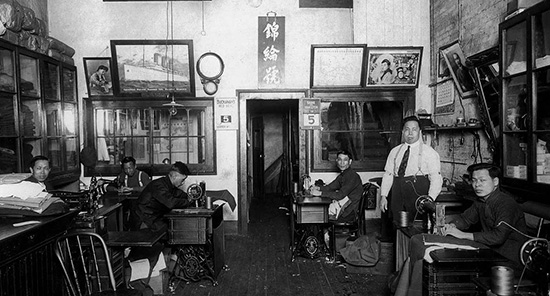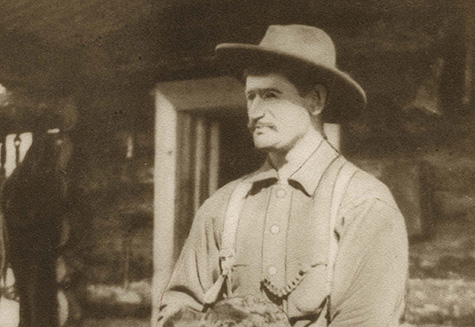Harmful Content Warning: Please be aware that materials in the Chung | Lind Gallery and in the curated collections available below contain harmful content.
Racist, sexist, ableist, homophobic, and otherwise offensive or discriminatory images and language are present in the collections. Inclusion of these materials in RBSC holdings is not an endorsement of their contents. UBC Library rejects these offensive, discriminatory, and harmful viewpoints, while also understanding the importance of fostering access to our collections in a responsible and transparent way that preserves historical evidence of social conditions and attitudes.
RBSC also recognizes that in addition to materials in our collection being potentially harmful, harm can be perpetuated by the ways in which we describe and provide access to materials. We attempt to balance preserving the original context of potentially harmful materials with using language that is respectful of the individuals and communities who create, use, and are represented within these resources.
Description is not neutral. Neither are the individuals who create it, nor the institutional practices that inform it. While some parts of our descriptions are written by library employees, others are written by the record creators and/or authors (e.g., it is standard practice to transcribe and retain titles, as they are shown on the item). We actively weigh whether the preservation of potentially harmful terminology is worth the impact it may have on users. In cases where offensive or discriminatory language is retained, it is the work of archivists and librarians to provide context in the description. However, this work is subjective, and we don’t always get it right.
This is an ongoing process and we welcome feedback. If you see collection materials or descriptions containing problematic language or content that you think Rare Books and Special Collections should review, please contact us. We will review the materials and/or descriptions, collaborate on an appropriate solution, and communicate timelines for implementing changes.
Rare Books and Special Collections employees are also working to develop formal steps for review, assessment, and remediation of our archival descriptions to ensure that contemporary descriptions of all our materials better align with evolving anti-racism, decolonization, and equity practices.
RBSC Resources and Tools for Self-Care (downloadble PDF)
Digital Albums
The Wallace B. Chung and Madeline H. Chung Collection and the Phil Lind Klondike Gold Rush Collection contain numerous albums and scrapbooks featuring both professional and amateur photography. Some were created for official or commercial ends; many were made by ordinary individuals such as travellers, immigrants, students, and gold seekers from around the world hoping to preserve a story.
Take a closer look at the selected albums in this digital platform and the more extensive collection of Chung and Lind albums held at UBC Library’s Rare Books and Special Collections, where you can access the original items.
Stereographs and Lantern Slides
Technologies which allowed for the mass reproduction and display of images advanced rapidly from the mid-19th century onwards. One of these technologies was stereoscopy, which gained immense popularity in the 1850s, and produced a simulated three-dimensional viewing experience using a handheld device. A stereograph consists of two nearly identical photographs taken from slightly different perspectives. When seen through a viewing device that separates the images for each eye, the pictures appear in a three-dimensional scene as the brain unifies the photos. This “magical” illusion produces what some have called the original virtual reality. Individuals and companies carefully created the virtual world of stereographs to suit their purposes, telling a specific story that would sell to a growing audience of consumers.
The magic lantern originated in the 1700s and was another popular technology used for education and entertainment. With a deep financial investment in settler-colonialism, the Canadian Pacific Railway (CPR) hired photographers to create hundreds of images promoting tourism and settlement along its railway line. Magic lantern slides (or glass lantern slides) provided a perfect medium, as the hand-tinted, carefully staged scenes enchanted viewers with their bright images projected in a darkened theatre. The Wallace B. Chung and Madeline H. Chung Collection and the Phil Lind Klondike Gold Rush Collection contain hundreds of stereographs documenting various subjects, while the Chung Collection includes numerous slides featuring romanticized images of Indigenous Peoples, grand hotels, scenic landscapes, and quaint urban scenes.

Stereographs and Lantern Slides
Explore More
Lind Collection
View the Phil Lind Klondike Gold Rush Collection finding aid.
Explore Phil Lind Klondike Gold Rush Collection digitized materials on Open Collections. (Coming Soon)
Access Phil Lind Klondike Gold Rush Collection books and maps in the library catalogue.


